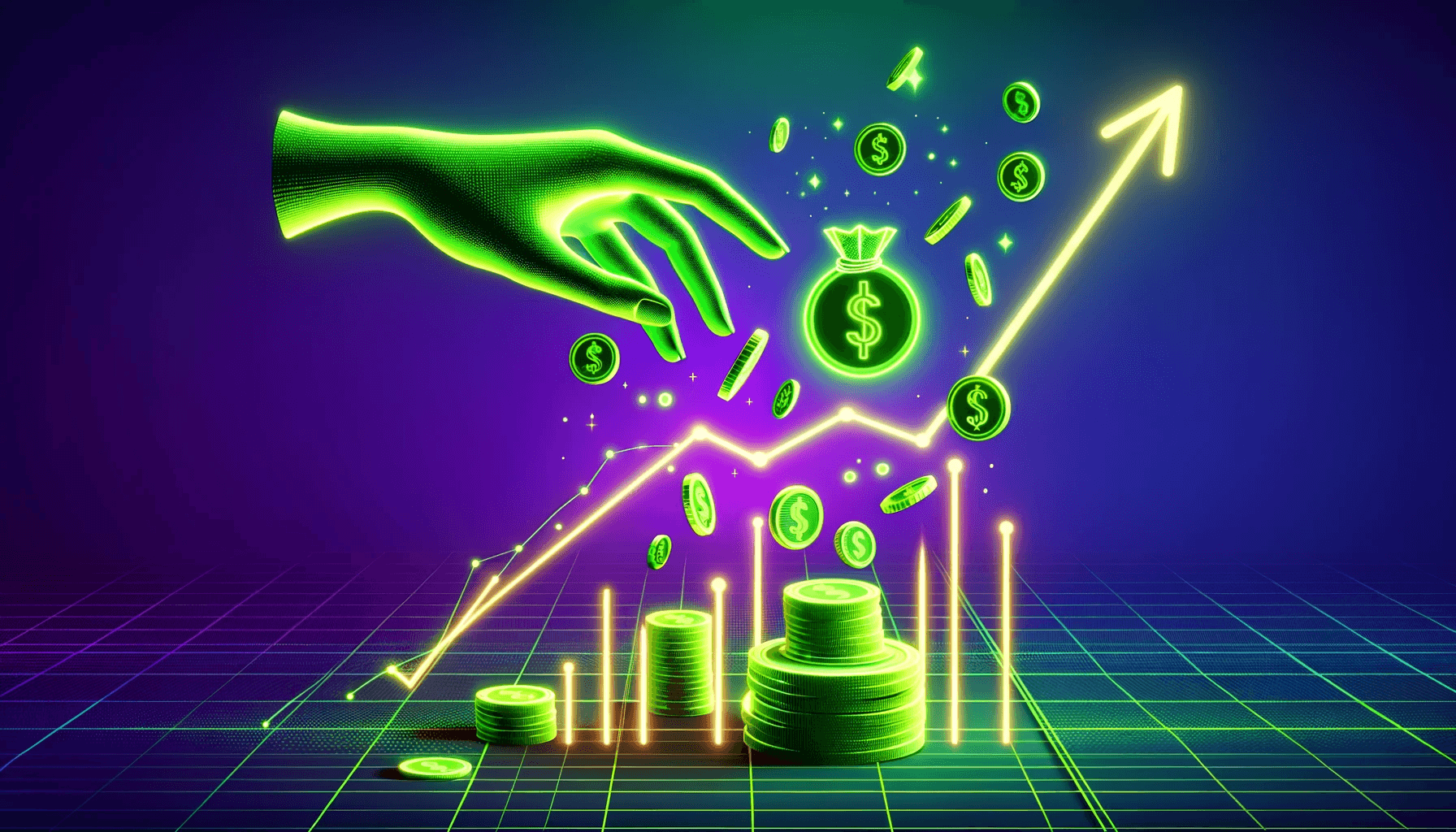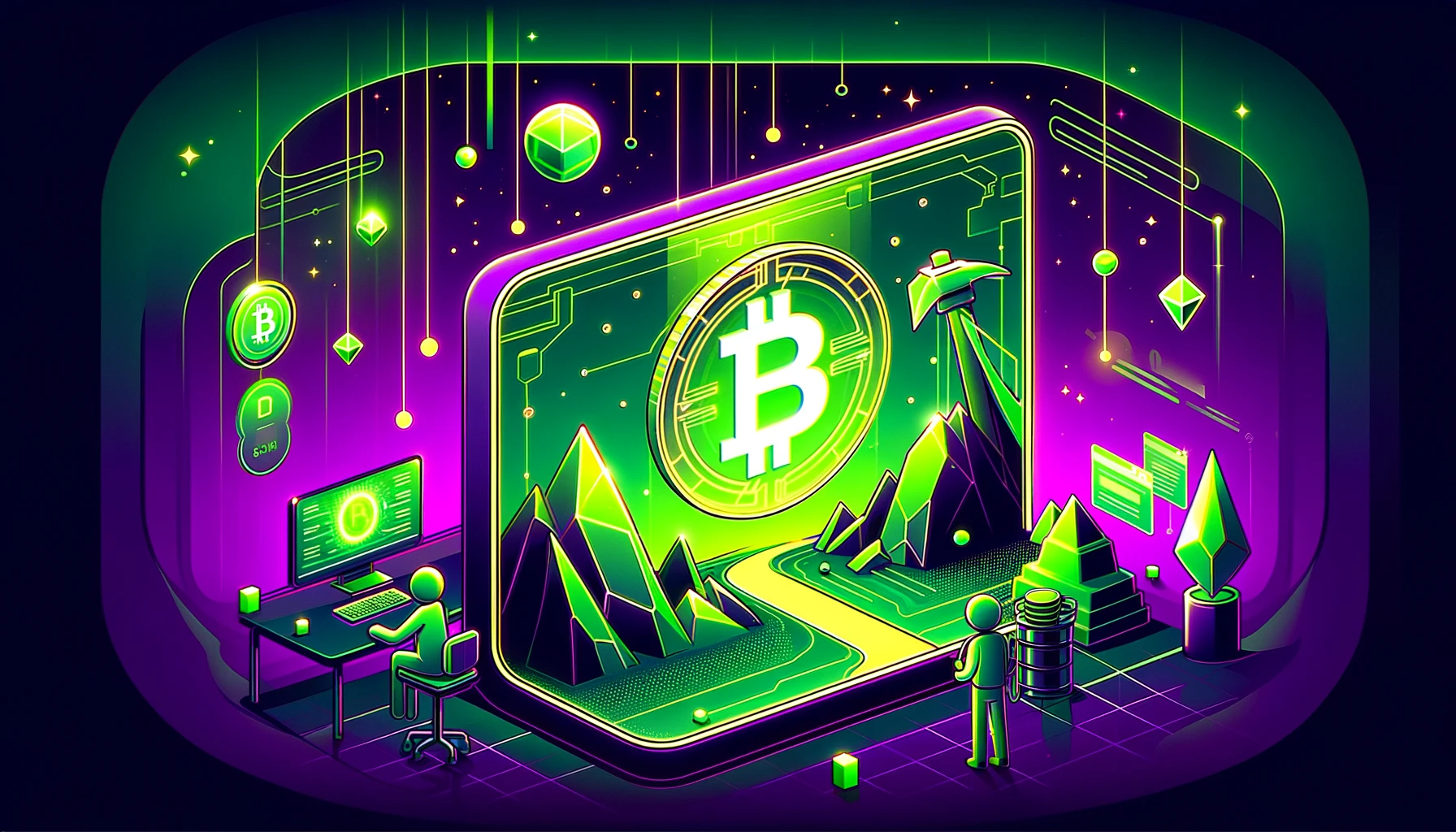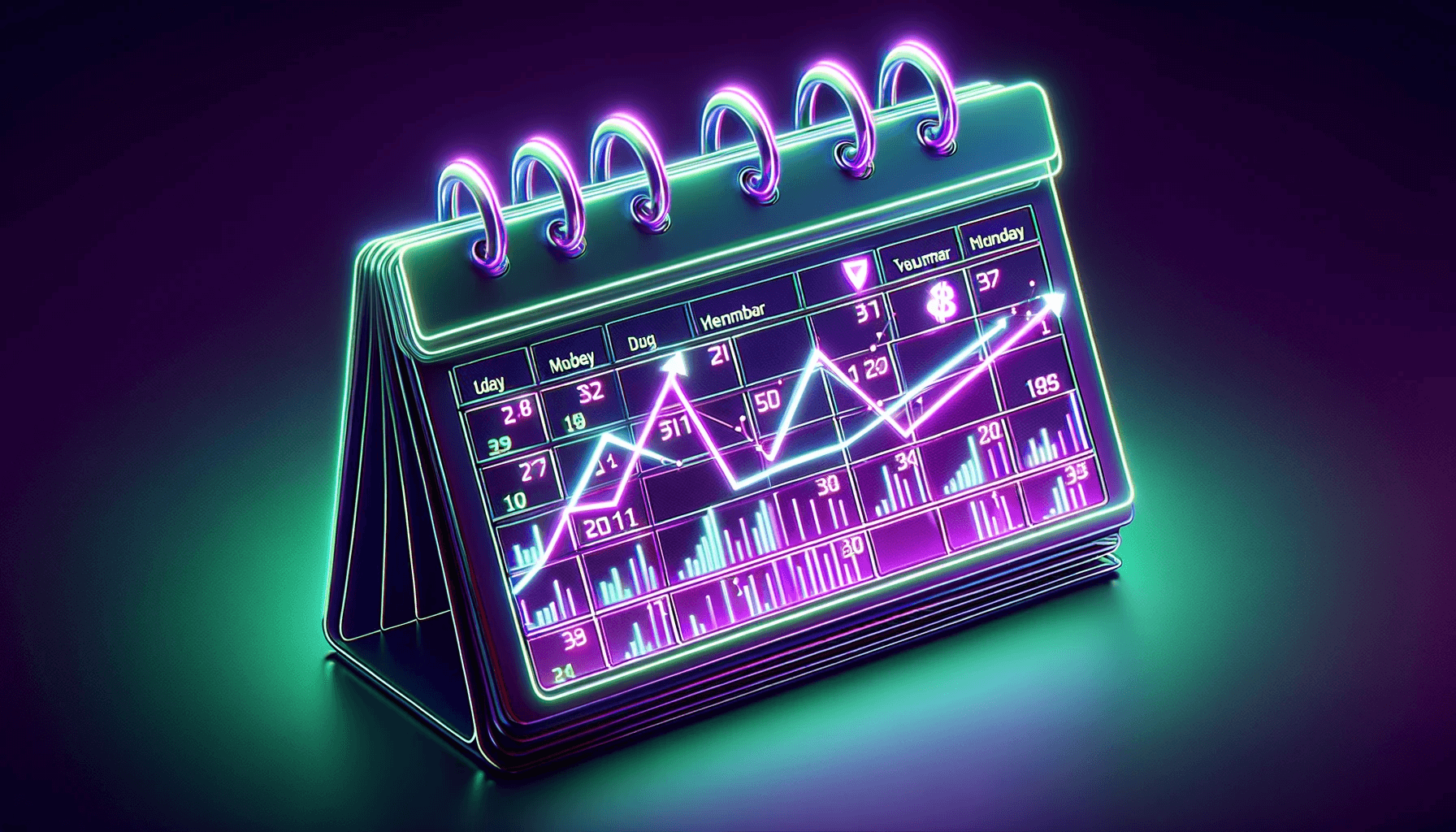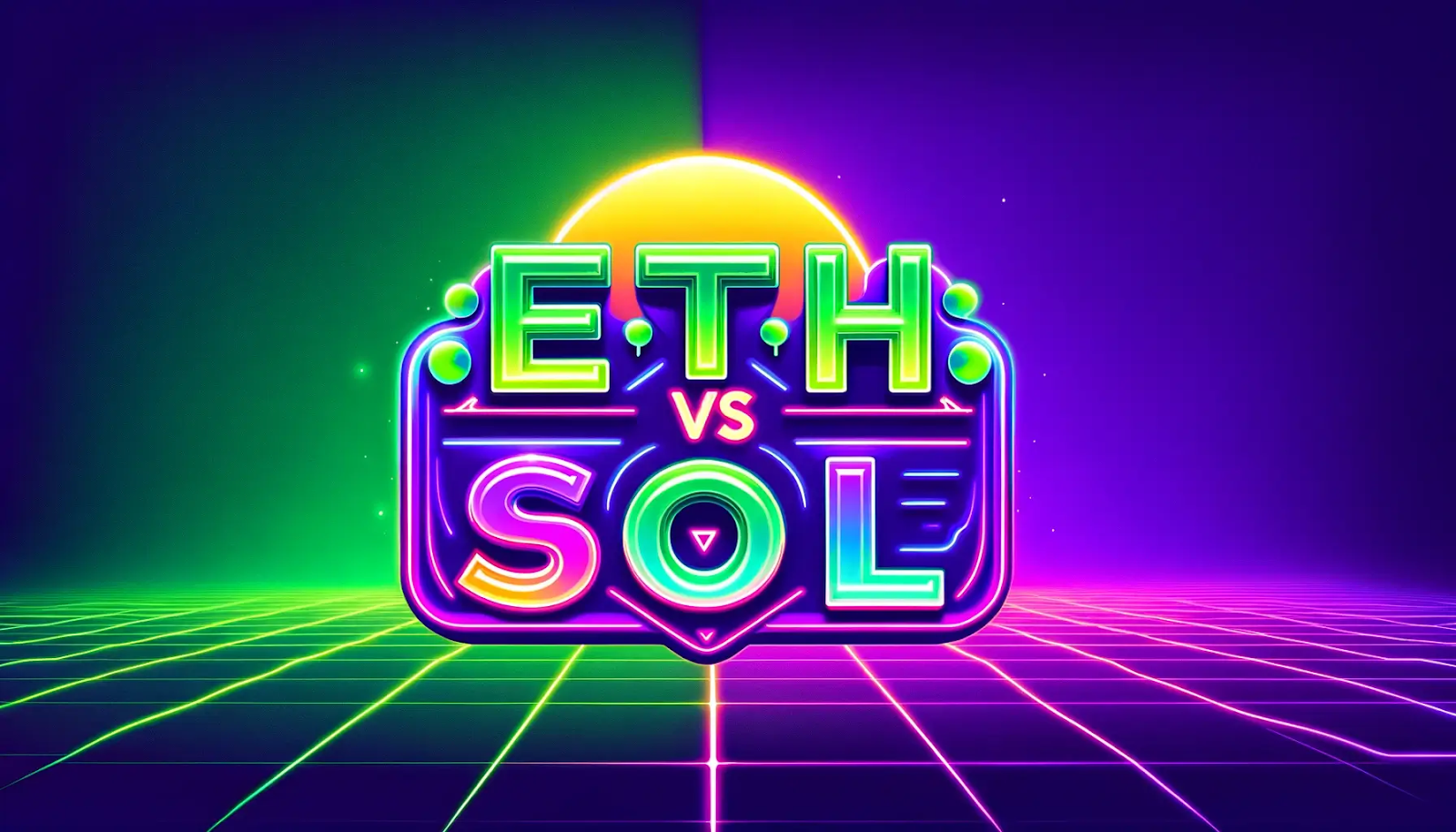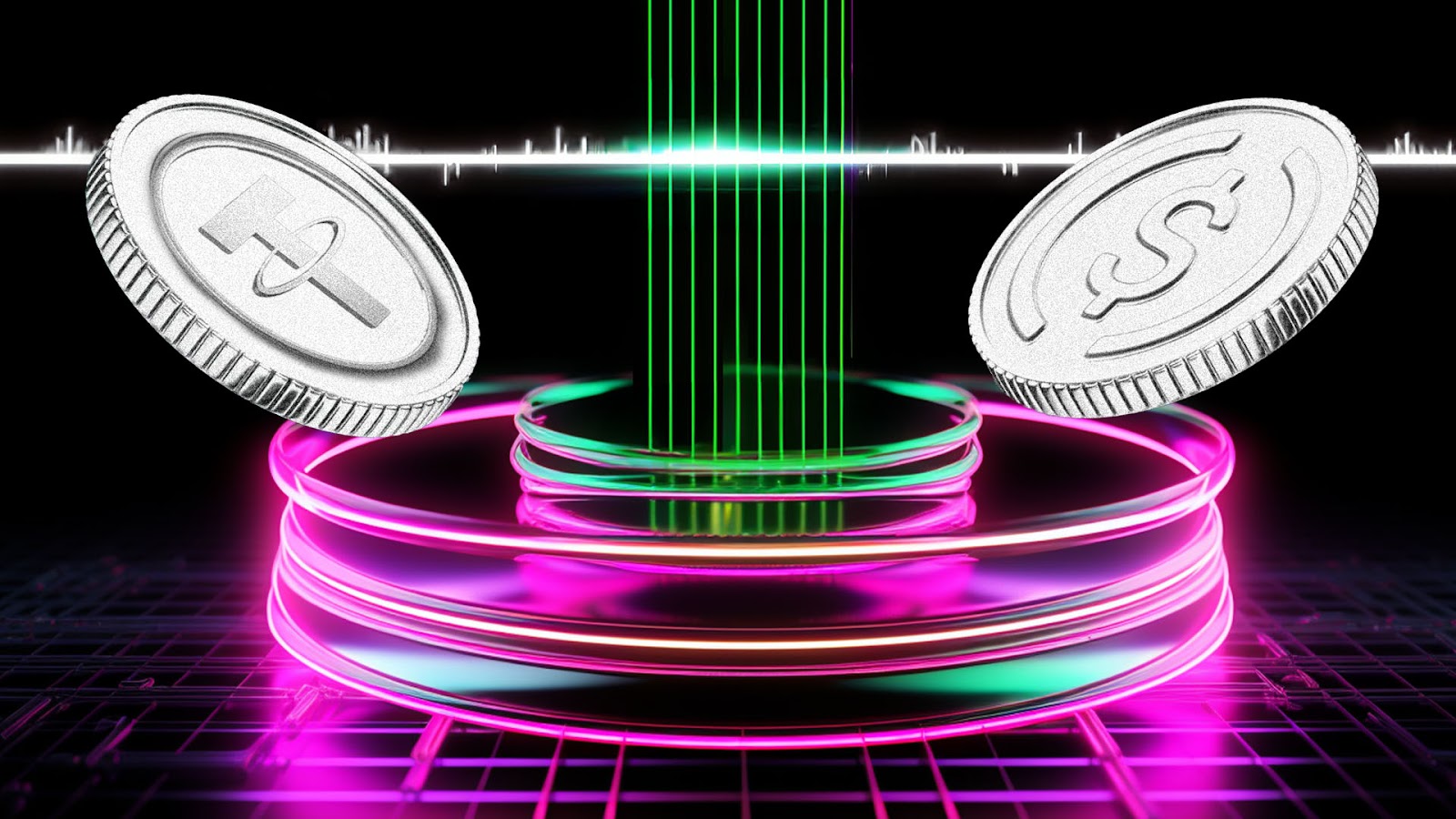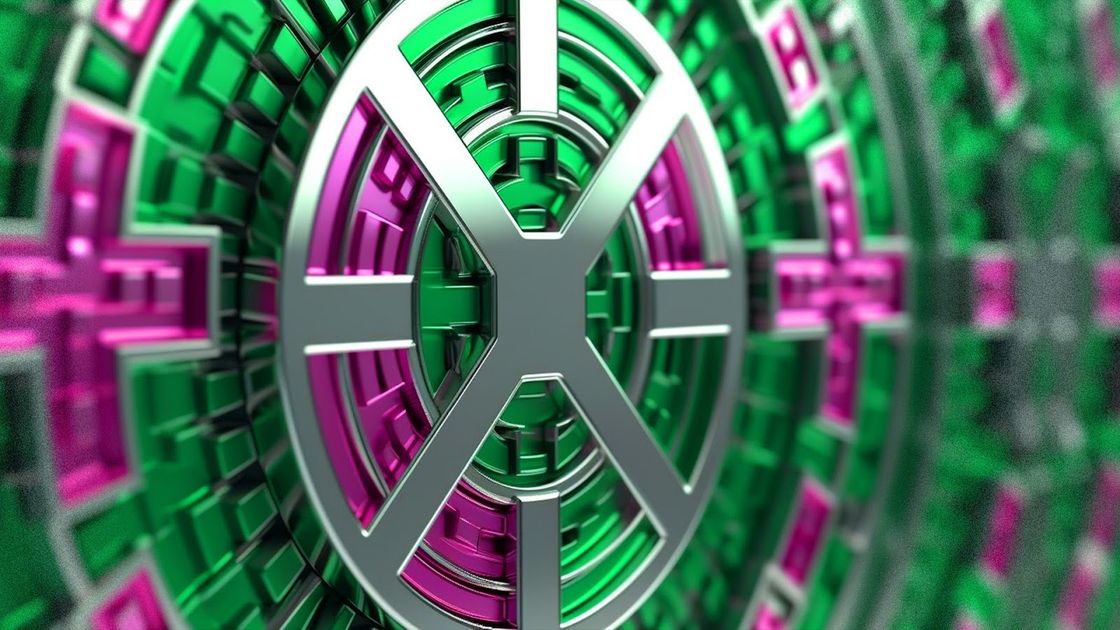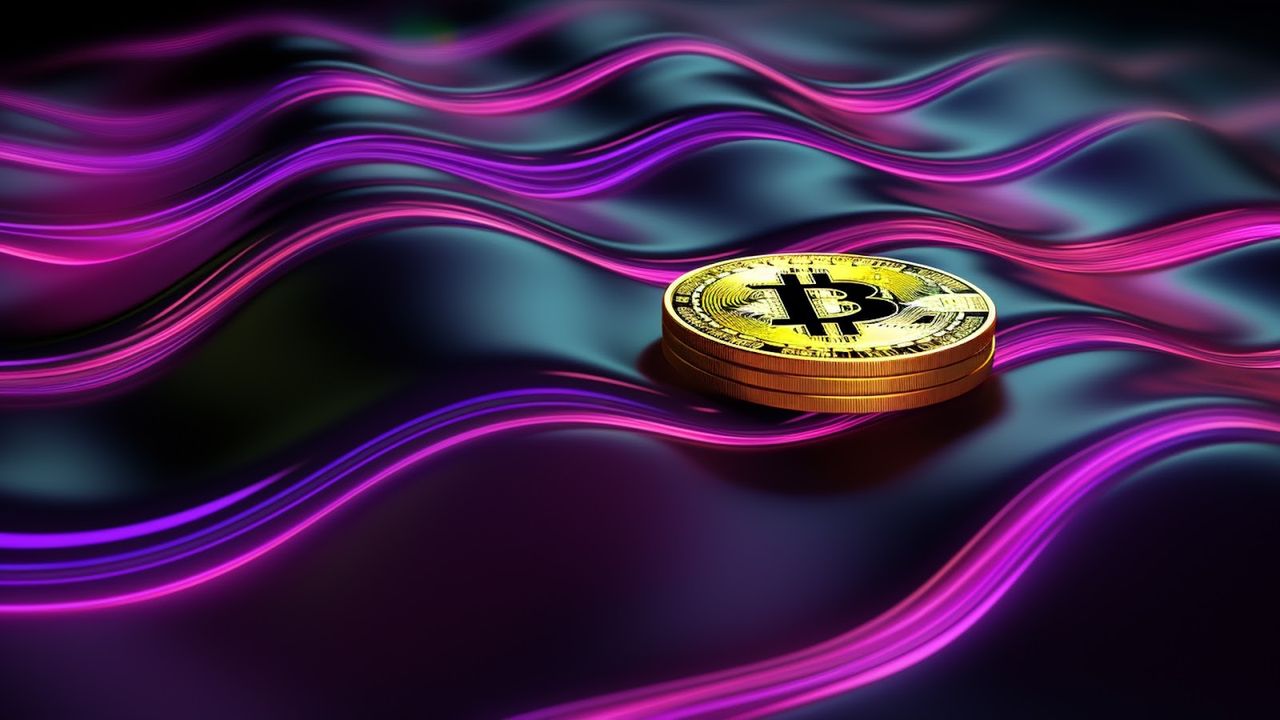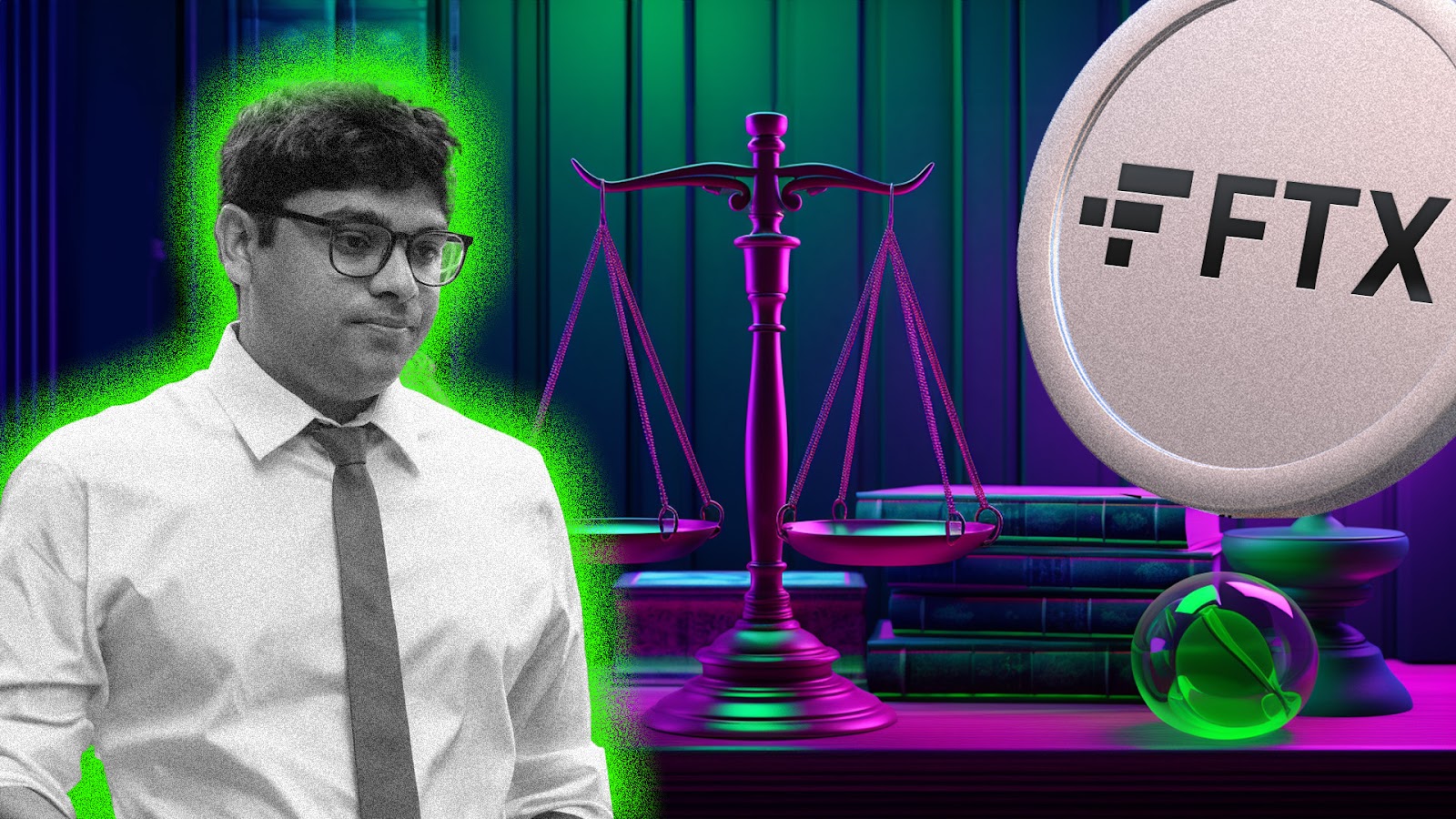
Introduction
Explore the world of Ripple (XRP) in this beginner's guide. Ripple isn't just a typical cryptocurrency; it's a groundbreaking project aiming to transform how banks and financial institutions handle money transfers. Using its innovative product, XRP, Ripple aims to make the movement of funds more efficient and cost-effective.
This article explains the core of Ripple, covering its beginnings, functions, and the technology behind its real-time settlement system.
What is Ripple?
Ripple is a crypto project with the single aim of helping traditional financial institutions such as banks move money more easily and cheaply than existing methods with its product, XRP.
Ripple is the brainchild of Jed McCaleb, built by Arthur Britto and David Schwartz, and released in 2012 as a real-time gross settlement system and remittance network built on blockchain technology that allows the secure and seamless transaction of any form of money, including dollars, yen, euros, commodities, and cryptocurrencies of any size, with no chargebacks.
Brief History of Ripple
In response to the inefficiencies of the traditional banking system in making payments, particularly cross-border payments, Ripple was born. A peer-to-peer, blockchain-powered system designed to replace SWIFT (the Society for Worldwide Interbank Financial Telecommunication).
In 2012, Ripple Labs, the company behind XRP, developed the network’s ledger infrastructure, RippleNet, which embodied everything Ripple stood for. With RippleNet's release came three different core offerings:
-
xCurrent: Payment system with a focus on banks
-
xRapid: liquidity provider through XRP
-
xVia: Allow customers to connect and combine the previous two services via its API.
Later on in 2019, these product offerings were combined into one in order to expand XRP's utility and, consequently, demand.
Jed McCaleb, co-founder of XRP, eventually left the team in 2014 to create a smaller crypto project, Stellar. Upon leaving, Jed was rewarded with 9 billion XRP tokens for his invaluable contributions to the success of the XRP ecosystem. After its launch, developers offered Ripple 80 billion XRP tokens to support the project. These tokens were sold over time, and the proceeds were geared towards increasing liquidity and building robust XRP markets.
In 2020, the XRP Ledger (XRPL) Foundation, an independent and non-profit organisation, was launched with a staggering $6.5 million raise to create an XRP Community Fund and increase the recognition and demand for XRP.
In the same year, 2020, Ripple was sued by the United States Securities and Exchange Commission (SEC) over allegations that XRP is an unregistered security. The lawsuit dragged on for years and finally saw a partial victory for Ripple in July 2023, marking a significant moment for the crypto community as regulatory clarity began to emerge.
How Ripple Works
Ripple is like a digital version of Hawala, an informal method of payments (mostly cross-border) that does not involve the physical movement of money.
In a Hawala transaction, two parties agree to exchange money, but the money does not actually move between them. Instead, it is exchanged through a network of trusted intermediaries.
Ripple works in a similar way, allowing users to send and receive money through a network of Ripple gateways. This makes it a fast, efficient, and low-cost way to transfer money internationally.
For example, picture a transaction between two people separated by distance. Rick wants to send $20 to Morty in a different country. He goes to his local Hawala agent, Summer, and gives her the money.
Summer then contacts Morty's Hawala agent, Jerry, and tells him that Rick is sending $20 to Morty. Jerry tells Morty that he will receive the money if he can provide the correct password. Morty provides the password, and Jerry gives him the money.
This is a multi-faceted peer-to-peer process with a lot of human contact, hence requiring trust, which Ripple bypasses with the blockchain technology. Using smart contracts, Ripple allows participation from individuals and businesses to open a gateway and act as an intermediary for exchanging currency.
In addition, unlike Bitcoin and Ethereum, which use the Proof of Work and Proof of Stake consensus mechanisms, XRP uses a hash tree to verify the integrity of transaction proofs and further compare them across its validating servers to reach a consensus.
Ripple is not a blockchain on its own but a ledger of transactions that maintains an immutable record of data entries through its electronic ledger, the XRP Ledger.
Understanding How XRP Works
XRP is the native token of the Ripple ecosystem and performs a range of utilities, such as transaction fees.
Also, due to the nature of Ripple’s digital "Hawala" solution to slow and expensive cross-border payments, XRP is used to provide liquidity, essentially acting as a bridge between two currencies. With access to on-demand liquidity, RippleNet, one of Ripple’s services, removes the need for pre-funded accounts.
This means that if Morty wants his $20 in Australian dollars, Rick doesn't have to own any AUD. As long as XRP stands the gap as a liquidity provider, Rick can send bitcoins through his gateway while Morty receives Australian Dollars at the other end.
How is XRP Mined?
XRP does not run on a native blockchain but rather on a ledger. This means that it does not rely on either the Proof of Work or Proof of Stake consensus mechanisms. This makes it faster and cheaper, as no miners need to be paid and no computational power is required. However, it also poses a problem as to how new XRP tokens are introduced into the market.
To achieve this, Ripple holds a large amount of XRP in escrow. Every month, Ripple releases a certain amount of XRP from escrow and sells it on the open market. This is how new XRP tokens are introduced into the market.
Users who wish to mine XRP do not actually mine XRP directly. Instead, they mine other cryptocurrencies, such as Bitcoin, and then swap the mined coins or tokens for XRP through an exchange.
What Are The Pros and Cons of Ripple (XRP)
XRP Pros
XRP has a number of integrated utilities that incentivize demand, and since XRP has been incorporated into core services and products, this demand trickles down to token demand. To expatiate:
-
Traditional payment systems may take days to settle cross-border payments; this creates a stable demand for ripple services and, consequently, demand for XRP tokens as they are used for transaction fees.
-
XRP empowers the open-source XRPL ledger.
-
XRP powers the XRPL DEX economy as transaction fees are paid in XRP. XRPL is XRP’s biggest DEX and one of Crypto’s oldest and longest-operating DEXes, offering a large catalogue of currency pairs and competitive features.
-
There are no mining pools. Sell pressure, which typically accompanies mining revenues, is reduced in XRP.
-
XRP is designed to solve institutional-related problems, which makes it a desirable asset for institutions that need to make fast, secure, and affordable cross-border payments. As a result, XRP is well-positioned to meet the growing demand for institutional-grade cryptocurrencies.
XRP Cons
Due to the mode of operation of Ripple, there are certain undesirable traits frowned upon by the crypto community. They are:
-
Centralization: The XRP consensus mechanism uses a handful of ‘trusted Validators’ to verify transactions and secure the system, essentially leaving power to a group of people. Since mining activities are not incentivized by reward mechanisms, fewer people are willing to offer security as a node.
-
Token Hoarding: Ripple, as a company, holds a large portion of XRP in circulation, although less than 50%, which counts as a significant market share. Some investors fear Ripple will dilute the market faster than demand can stabilise the price, essentially crashing the market for reasons that may be to fund operations or R&D.
Should You Buy XRP?
As earlier stated, XRP enjoys demand from multiple sources due to its utility, which is why it has consistently held its place among the top 10 cryptocurrencies by market cap for many years since its launch.
This shows investor confidence and the professionalism of the XRP team. Also, with the SEC lawsuit finally over, XRP might be one of the bull market runners.
However, before you buy or invest in XRP, you should do your own research. Do well to manage your risks while investing, and if you're new to the system, it's best to seek professional financial advice from experts in the field.


